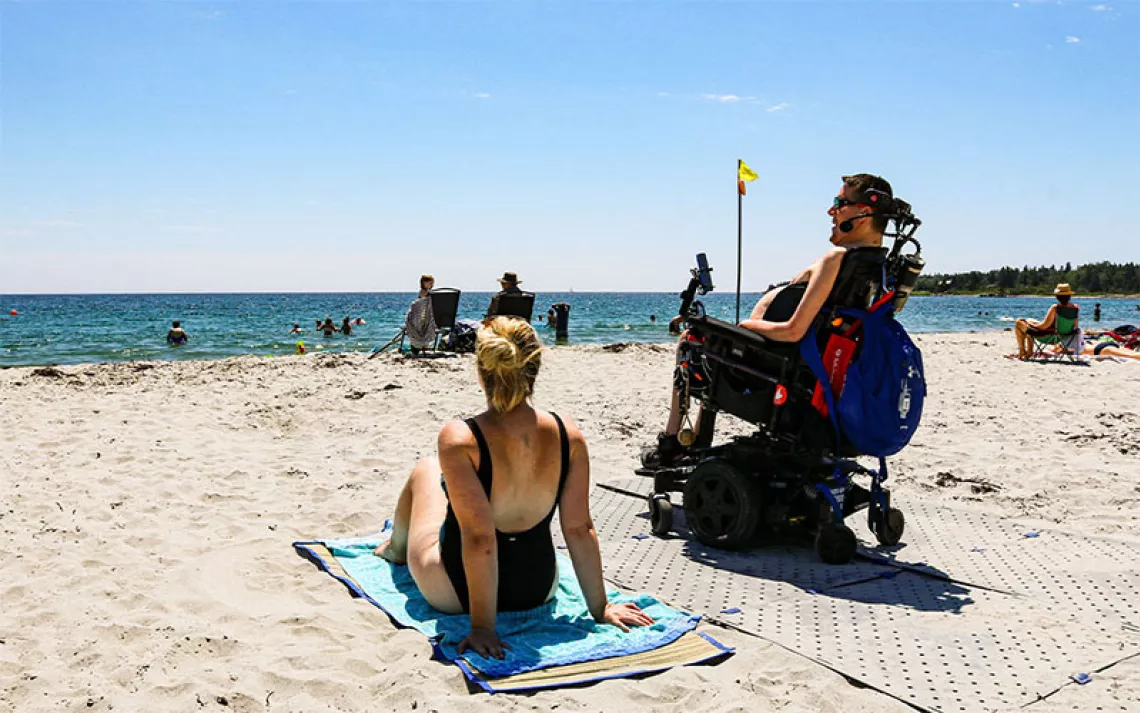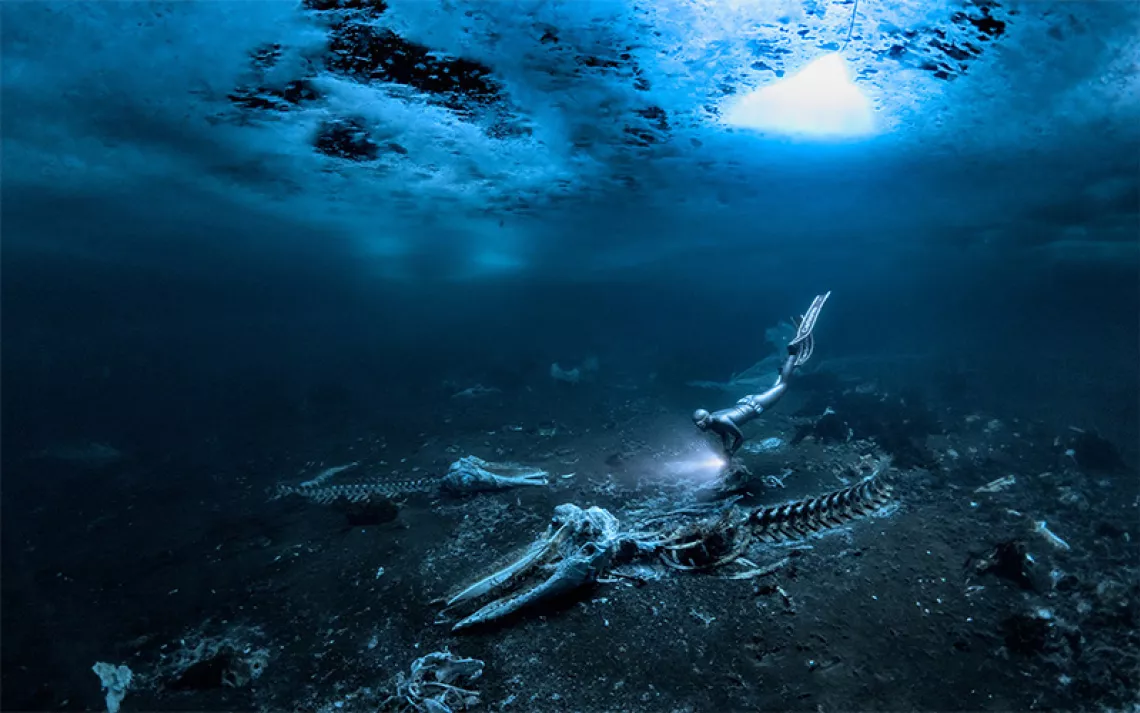A World Worth Fighting For
The climate movement must empower frontline communities to take a seat at the table
The human species is at a crossroads. Communities from New Delhi to Compton, California, are facing the deadly consequences of the continued burning of fossil fuels heating up our planet, with those at the front lines—predominantly people of color, poor people, and Indigenous people—being the least responsible but most impacted.
We are asking the world to transition. But as a movement, are we willing to change?
Taking cues from the civil rights, feminist, and antiwar movements of the 1960s, the organizers of the original Earth Day aimed to create an environmental politics that was broad and inclusive. But after the Reagan administration took power in 1980, the momentum from that first Earth Day slowed. The movement fell into a segregated silo, with environmentalism seen as an issue that only white people cared about, disconnected from the ongoing social and economic justice for which people of color were fighting. The passion that was ignited in 1970 was drowned out by white technocrats and a heavily funded climate change disinformation campaign led by the fossil fuel industry.

Those at the front lines were left behind, with the mainstream environmental community passing up opportunities to act in solidarity, such as during the 1982 environmental justice uprising in Warren County, North Carolina. The mostly African American community there had been treated as a sacrifice zone by the state, which had chosen that location to host a hazardous landfill full of PCB, a toxin with serious health implications. After years of fighting the move in courts, organized opposition took to the streets. They lay down in front of 10,000 truckloads of contaminated PCB soil headed to the site. The nonviolent direct action led to over 500 arrests, compelling The Washington Post to describe it as a marriage of environmentalism and civil rights. The campaign set a legal precedent and was a turning point for the environmental justice movement, highlighting what many low-income and minority communities were feeling across the country: that they were targeted by the government and big polluters based on their race and inability to fight back. Part of the problem was that the mainstream environmental movement didn't have their backs.
A movement that was brought together to save humanity forgot what it was like to be human. The justice and equality conversations that needed to be had in order to bridge the gaps between it and other social movements became too hard and complicated. They were abandoned.
Today, young people are creating new momentum by following the science, organizing, and speaking out—doing everything they can to fight for their existence. They are willing to have the tough conversations in order to break down the silos and desegregate the environmental movement. They are calling for immediate and bold solutions to create a sustainable future that works for all—including forward-thinking policies like the Green New Deal.
Can the movement change in a way to build off this newfound momentum? Yes.
Can we re-create the passion of the original Earth Day but also build an indestructible movement? Yes.
To do this, we need to integrate the environmental movement, break down the walls that divide us, and become more diverse and inclusive. We do this by empowering frontline communities, ensuring that everyone has a seat at the table, and creating culturally relevant platforms to educate, organize, and mobilize. We are doing this at the Hip Hop Caucus with our Think 100% content and engagement platform for multicultural millennials and Gen Zers who care about justice and our planet.
We can ignite the passion of the original Earth Day and turn it into the political power necessary to solve the climate crisis before it is too late. If we do this, we have a fighting chance to prevent climate meltdown and leave future generations with a world grounded in justice and love—a world worth living in and fighting for.
This article appeared in the March/April 2020 edition with the headline "A World Worth Fighting For."
More Earth Day essays:
 The Magazine of The Sierra Club
The Magazine of The Sierra Club



